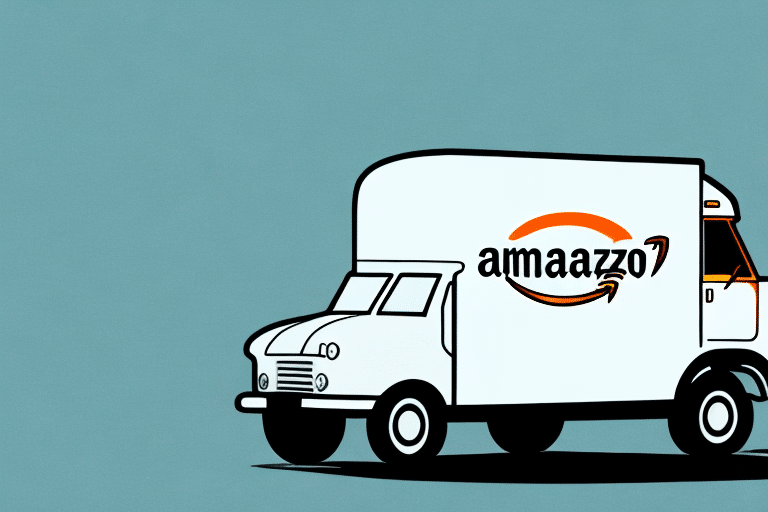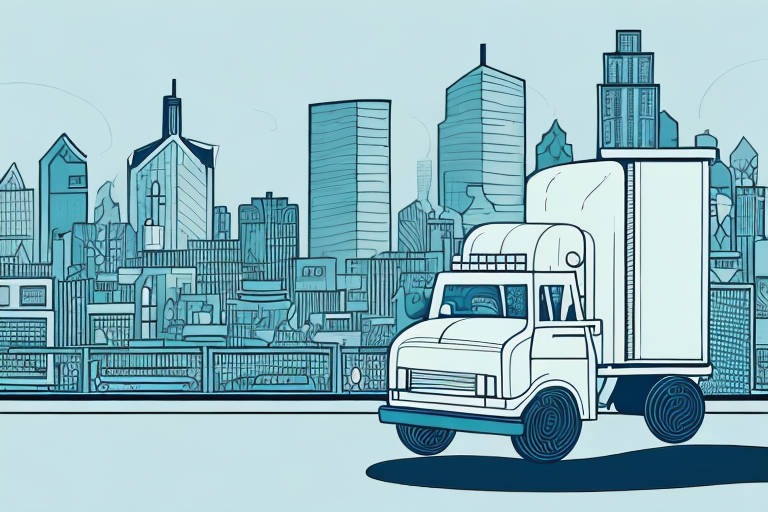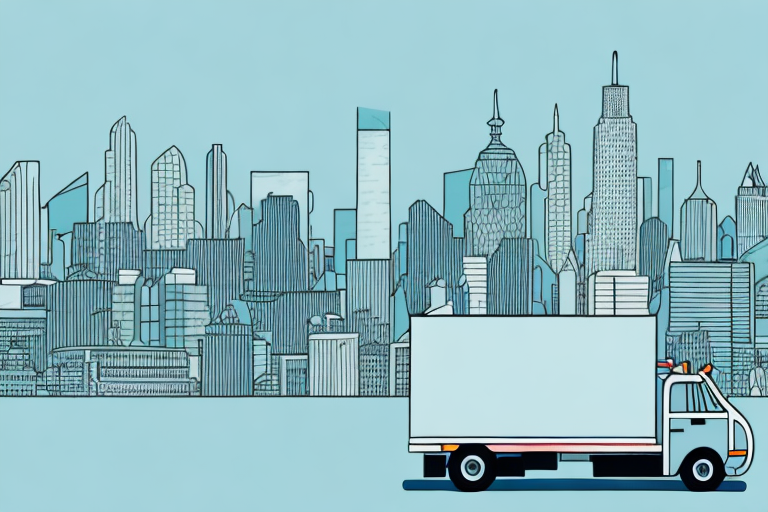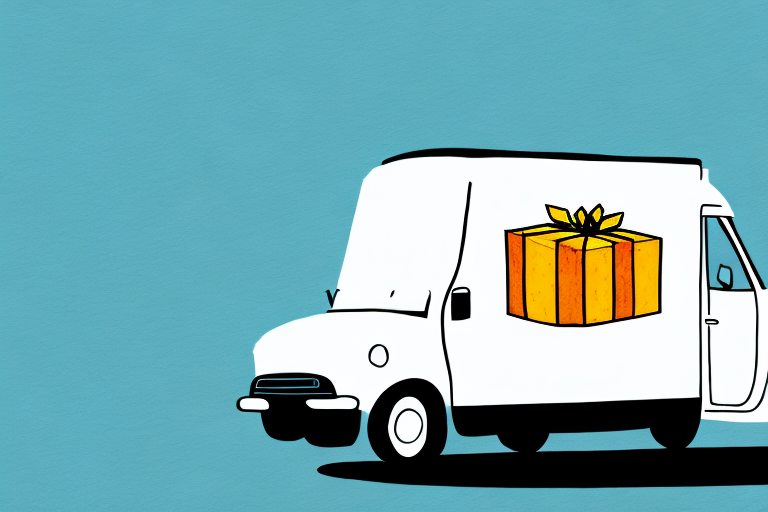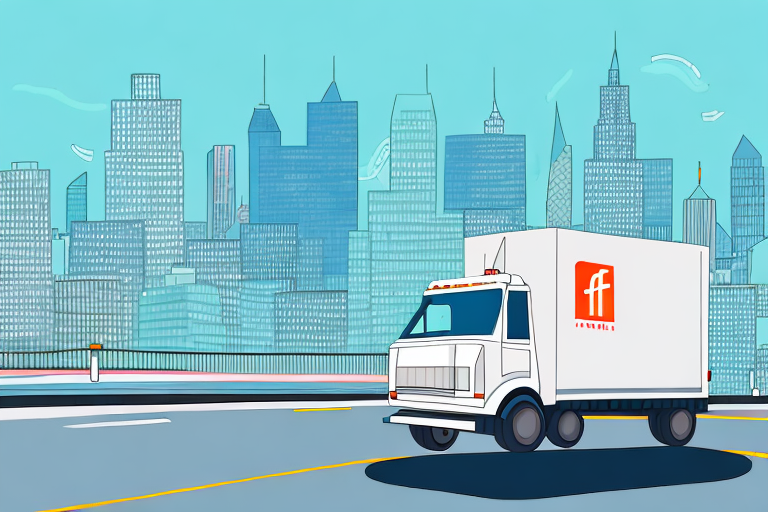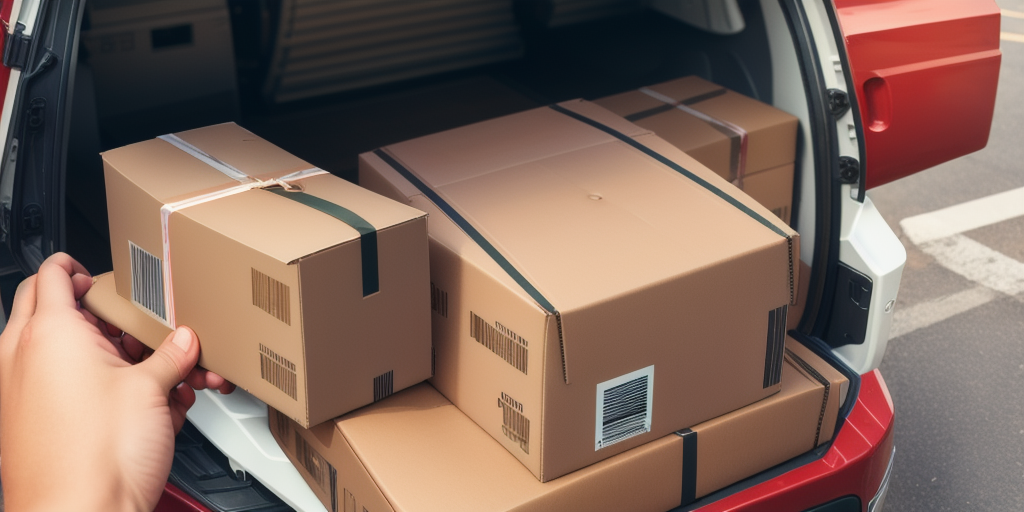Amazon's Dominance in Last Mile Delivery
In the rapidly evolving world of e-commerce, last mile delivery has become a critical factor in enhancing customer satisfaction and ensuring the timely receipt of goods. Amazon, a global leader in online retail, has significantly invested in its last mile delivery infrastructure to streamline operations, reduce costs, and improve the overall customer experience. As of 2023, over 50% of Amazon.com’s last mile deliveries are managed directly by Amazon, underscoring the company's commitment to controlling its delivery ecosystem.
Evolution of Amazon’s Last Mile Delivery Strategy
Developing an In-House Delivery Network
Amazon has strategically developed its in-house delivery network to gain greater control over the delivery process. This initiative allows Amazon to ensure timely deliveries, reduce dependency on third-party carriers, and enhance service reliability.
Technological Innovations
Investment in cutting-edge technology has been pivotal in Amazon’s last mile delivery strategy. The company has been piloting the use of drones and delivery robots to increase efficiency and reduce delivery times. These technologies not only expedite the delivery process but also offer scalable solutions to handle increasing order volumes.
Strategic Partnerships
To expand its delivery capabilities, Amazon has formed strategic partnerships with traditional carriers. This collaboration enables Amazon to enhance its delivery network and offer faster shipping options, especially during peak seasons and in densely populated areas.
Importance and Challenges of Last Mile Delivery in E-Commerce
Enhancing Customer Satisfaction
Last mile delivery is the final touchpoint between the customer and the retailer. Efficient last mile delivery directly influences customer satisfaction, loyalty, and repeat business. Fast and reliable delivery services are now a standard expectation among consumers.
Cost Management
One of the primary challenges in last mile delivery is managing the high associated costs. Factors such as transportation, labor, and technology investments contribute to these expenses. Innovations like autonomous vehicles and drone deliveries are being explored to mitigate these costs effectively.
Environmental Impact
The environmental footprint of last mile delivery is a growing concern. Delivery vehicles contribute significantly to carbon emissions, especially in urban areas. Amazon is addressing this issue by investing in electric delivery vehicles and exploring sustainable delivery methods to reduce its carbon footprint.
Impact of Amazon’s Last Mile Delivery on Competitors
Amazon’s advancements in last mile delivery have set new industry standards, compelling competitors to innovate and enhance their own delivery systems. Many retailers are now investing in their delivery networks and adopting similar technologies to stay competitive.
Competitive Response
In response to Amazon’s aggressive last mile delivery strategies, competitors are expanding their logistics capabilities and exploring partnerships to improve delivery times and customer satisfaction. This competitive landscape drives continuous improvement and innovation in the e-commerce sector.
Technological Innovations in Amazon’s Last Mile Delivery
Drone Delivery
Amazon’s Prime Air initiative aims to deliver packages within 30 minutes using drones. This technology promises to revolutionize last mile delivery by significantly reducing delivery times and reaching remote areas more efficiently.
Delivery Robots
Amazon has been testing delivery robots in urban environments to navigate sidewalks and deliver packages directly to customers’ doorsteps. These robots enhance delivery efficiency and reduce the reliance on human drivers.
Automation and AI
Automation and artificial intelligence play crucial roles in optimizing delivery routes, managing inventory, and predicting delivery times. These technologies enable Amazon to enhance operational efficiency and provide a seamless delivery experience.
Environmental and Social Impacts of Amazon’s Last Mile Deliveries
Reducing Carbon Footprint
Amazon is committed to sustainability by incorporating electric vehicles and eco-friendly practices into its delivery fleet. These efforts are aimed at reducing greenhouse gas emissions and promoting environmental sustainability.
Job Creation and Community Impact
Amazon’s expansion of its delivery network has created numerous job opportunities. However, it also poses challenges such as increased traffic congestion and the need for infrastructure improvements in urban areas. Amazon is working with communities to address these issues and ensure a positive social impact.
Future Trends in Last Mile Delivery
Autonomous Vehicles
The deployment of autonomous delivery vehicles is expected to become more prevalent, offering a cost-effective and efficient solution for last mile delivery. These vehicles can operate continuously, reducing delivery times and increasing capacity.
Smart Lockers and Pickup Points
Amazon continues to expand its network of smart lockers and pickup points, providing customers with flexible and convenient delivery options. These facilities allow customers to collect their packages at their convenience, enhancing the overall delivery experience.
Integration of Advanced Analytics
Advanced data analytics will play a significant role in optimizing delivery routes, predicting demand, and managing inventory. By leveraging data, Amazon can enhance the efficiency and reliability of its last mile delivery operations.
Conclusion
Amazon’s strategic investments and innovations in last mile delivery have solidified its position as a leader in the e-commerce industry. By continuously evolving its delivery strategies and embracing technological advancements, Amazon aims to enhance customer satisfaction, reduce operational costs, and minimize its environmental impact. As the e-commerce landscape continues to grow, Amazon’s focus on optimizing last mile delivery will remain a key driver of its success and influence on the market.

